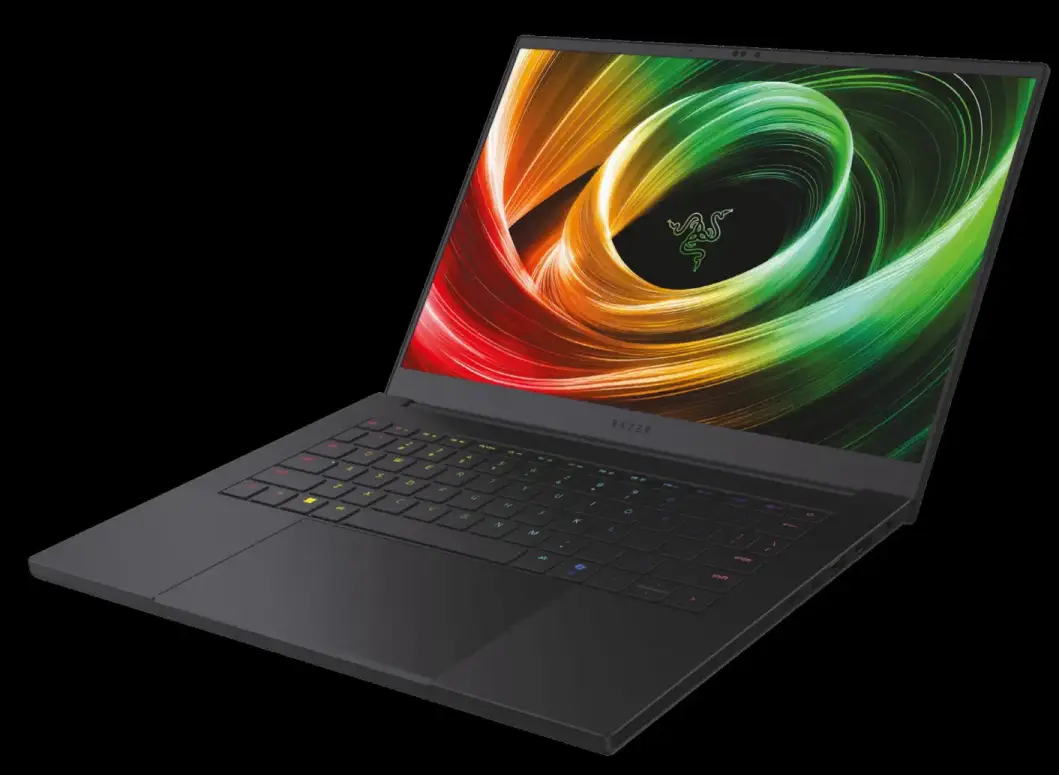I remember the days of bulky computer towers, tangled cables, and the constant hum of fans. For most of my daily tasks at home and in the office, a classic desktop PC is overkill. That’s where an All-in-One (AIO) computer becomes the perfect solution. This guide will walk you through how to choose a great AIO for under 700 euros, focusing on what really matters for everyday use.
Table of Contents
An AIO, as the name suggests, integrates all hardware components—processor, memory, storage, and speakers—directly into the monitor. The biggest advantage I’ve found is the incredible space savings and the clean, minimalist setup it creates. Many models even come with a wireless keyboard and mouse, leaving you with just a single power cord.
The models in this price range are perfect for productivity tasks like browsing the web, using Office, streaming video, managing emails, and even light photo editing. They are also an excellent choice for students who have limited desk space.
⚙️ What Specs to Look For
When I’m looking for an AIO under 700 euros, I focus on a few key components to ensure a smooth experience. For the processor, you’ll often find 12th or 13th generation Intel Core i3 or i5 CPUs, which are more than capable for daily tasks. While you might find AMD Ryzen processors, they are less common in this category.
For memory, 8GB of RAM is the standard, but if you can find a model with 16GB or have the option to upgrade at purchase, I highly recommend it. Upgrading later can be difficult due to the compact design of AIOs.
Storage is almost always a fast SSD NVMe drive, typically 512GB, which ensures the system boots quickly and applications load without delay. As for the display, I recommend looking for a screen that is at least 24 inches with a Full HD resolution (1920×1080) for a crisp and clear picture. If you need help with your setup, you can check out this guide on troubleshooting a new PC.
🔌 Connectivity and Ports
A good AIO should offer plenty of connectivity options. I always check for a mix of modern and essential ports. An HDMI-out port is great for connecting a second monitor to extend your desktop. Some models even feature an HDMI-in port, which I find incredibly useful as it allows you to use the AIO’s screen as a monitor for another device, like a laptop or a gaming console.
Look for a good number of USB ports, including faster USB 3.2 ports for external hard drives and a USB-C port for modern devices. An Ethernet (RJ-45) port for a stable wired internet connection is also a must-have for me, especially for important video calls. Many AIOs, like the ASUS ROG NUC, are now focusing on robust connectivity.
👍 The Pros and Cons
The advantages of an AIO are clear: less space, fewer cables, quiet operation, and incredibly easy setup. The integrated webcam, microphone, and speakers mean you’re ready for video calls right out of the box. They also tend to consume less power than traditional desktops.
However, the main drawback is the limited upgradeability. Swapping out the CPU or GPU is almost always impossible. Even upgrading RAM or storage can be a complex task. Additionally, the integrated graphics are not suitable for serious gaming or intensive video editing. But if you need a reliable and tidy computer for everyday tasks, an All-in-One is an ideal ally.
More Topics
- Windows 11 – How to Monitor Your PC’s RAM
- Motorola Razr 60 – A Guide to the New Foldable with Moto AI
- Lenovo ThinkCentre Neo 50a – A Guide to the All-in-One PC
- Amazon Fire TV Stick – How Piracy and Sideloading Are Being Blocked
- Ring Cams – How to Use the New ‘Video Descriptions’ AI Feature
- How to Turn a Travel Itinerary into an Animated Map Video
- Nothing Phone 3 – A Guide to Specs, Features, and Price

